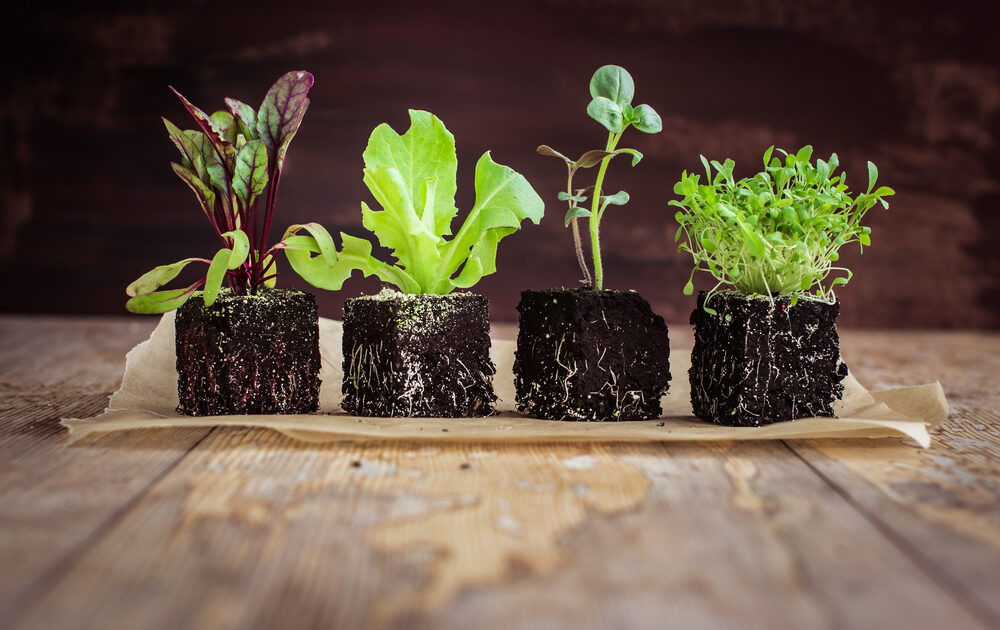Environmental Farmers are Saying ‘See Ya!’ to Plastic

Some environmental farmers are doing away with plastic in growing your food.
Ask most any conscious consumer, and they’ll tell you that they would like to use less plastic. We consider it to be one of those nasty, environmental evils that has no place in a human’s modern life. But, alas, there it is — pretty much everywhere, from housing the food we eat to the toys our children play with.
Well, it turns out there are a lot of farmers who are just as frustrated with the world’s dependency on plastic, too. “[A]gricultural products are one of the world’s biggest sources of plastic trash,” reports Modern Farmer. In fact, farming plastic actually has a specific name now: plasticulture (we know). The industry currently rakes in about $5 billion, and will more than likely double by the end of the decade… Yikes.
But a growing number of environmental farmers are so frustrated with the rise of plasticulture that they’re taking a stand and giving plastic the boot from their farming protocol. So, how are they doing it? Modern Farmer did the heavy digging, and pinpointed three ways farmers are kicking their plastic habits for good:
1. Changing Irrigation Routines
Modern irrigation typically calls for a lot of piping and tubing. So, some farmers are turning to dry farming… really. Dry farming means that farmers only use the water that comes from the sky. Currently, this farming trend is popular because so many in the western United States are dealing with drought conditions. To get the most out of this “natural” water, farmers trap moisture in soil “for the duration of the growing season so that irrigation is not necessary.”
2. Saying “So Long” to Plastic Mulches
Organic materials can be just as beneficial to soil and plants as plastic mulches. “Recently, the Rodale Institute, one of the pioneers of organic agriculture, did an in-depth study on the benefits of using mulch from cover crops,” Modern Farmer reports. “These soil-enriching crops may be grown over the winter in the same beds where a food crop is to be planted the following spring and used in place as mulch.”
3. Biodegradable Pots
Farmers are beginning to use biodegradable pots instead of plastic pots. Japanese farmers created this new technique. “Rather than removing each seedling from its pot, the paper pots are planted directly using a non-motorized device that can be pushed like a lawnmower or pulled behind a horse or tractor,” Modern Farmer explains. “The system works on a small scale but it is economically viable for large growers as well—one person can plant 264 seedlings in less than a minute without any bending over or digging.”
Related on Organic Authority
5 Reasons We Heart Glass Over Plastic
Are Plastic Water Bottles Safe to Drink From?
How to Live Without Plastic Bags – Organic Authority
Image of seed starts from Shutterstock

